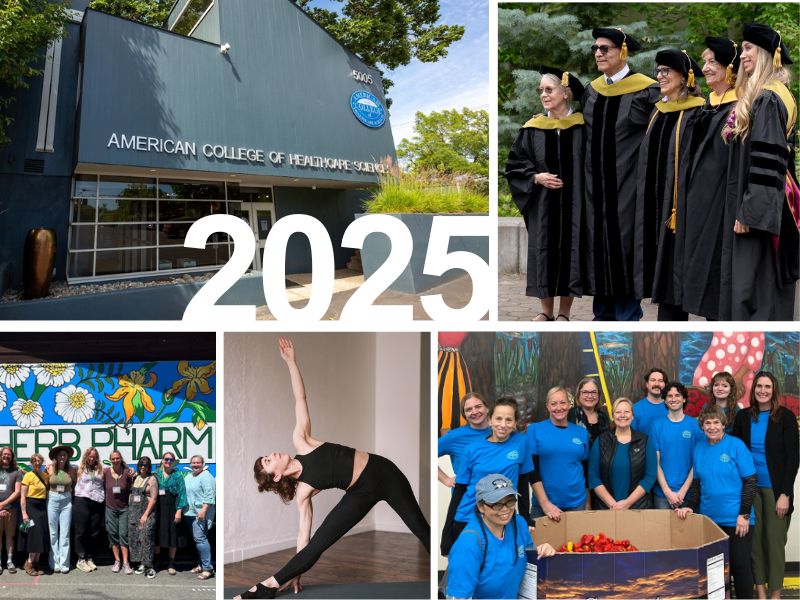What is a gardener’s number one secret for amazing results? Compost.
Compost, a fancy word for plant fertilizer, has a lot of benefits. It not only returns nutrients to the soil, but compost also recycles waste and turns it into “brown gold.”
If you’re new to compost, you’re in luck. Making your own compost is easy, and the rewards are well worth a little trial and error.
Here are seven compost secrets to give you an edge on the next spring planting season:
#1 Learn how compost works.
Quick science lesson …
We know compost is plant fertilizer. But, what does that mean?
Compost is a collection of organic matter intentionally left to breakdown, or “ferment,” into an ideal chemical stew that provides the garden with essential nutrients.
How? Millions of bacteria, fungi, and actinomycetes (Gram-positive bacteria) break down the organic matter. All these little micro-organisms need to do their work is food, air, and water. Given these three requirements, the micro-organisms need nitrogen to use the carbon as food.
For perfect balance, you want your compost to be approximately ten parts carbon-rich material (like from straw and leaves) to one part nitrogen-rich materials (like from manure, fishmeal, grass clippings, weeds, and kitchen waste).
But, don’t add chemically treated or fertilized plants or clippings into your compost heap. Keep it simple, clean, and green.
#2 Learn how temperature affects compost.
Temperature determines how fast you can make compost. If you need fast compost to kick-start your garden, you want temperatures to reach 120° to 160°F.
#3 Learn how to properly store your compost.
Your compost heap can be a simple pile in a corner of your yard. Or, it can be as complicated as a black, plastic bin (or a rotating bin!) from a garden supply store. Many local recycling centers make compost bins available in spring, too, so keep an eye out for those.
What’s most important is that your compost pile or bin is a good size to facilitate the breakdown of your organic matter. A cubic yard (3 feet x 3 feet x 3 feet) is a good size.
#4 Learn the recipe for healthy compost.
- Chop or shred coarse materials, such as branches, into small pieces.
- Build your compost heap like a layer cake. Alternate green materials (e.g., fresh grass clippings) and brown materials (e.g., dry leaves, egg shells). Have a pile of brown materials to throw on top of kitchen wastes to avoid smell.
- Hose down the layers with water if it is dry in your area.
- Turn the pile every three to four days for the fastest compost.
Tip: If you live in an apartment, you can get a worm composter. The worms live in a bin filled with paper bedding, and you place your kitchen scraps into the bin with minimal mess or odor.
#5 Learn how to properly use compost.
- Spread compost after preparing the soil for planting in the spring.
- Mulch vegetables, herbs, and flowers after planting for slow-release feeding.
- Mulch perennials in the fall to protect during winter.
- Use compost to grow seedlings and potted plants.
#6 Learn the common compost problems … and avoid them.
- If your compost pile doesn’t get hot enough for your liking, add more green stuff like fresh leaves, grass clippings, fruit peels, or manure. (There’s a useful list of green vs. brown ingredients in the Pennsylvania State University Home Composting Guide.)
- If your compost pile needs more oxygen, turn it more often. How can you tell? PennState says your pile should be like a damp rag. If it’s too wet, there might not be enough oxygen, so make sure to aerate the pile.
- If you find that dogs or other animals are attracted to your heap, make sure to cover household scraps with brown stuff. And, don’t add meat or bones to your heap.
#7 Learn how to use herbs in your compost.
Herbs can make a valuable contribution to your compost heap. They quicken the decomposition process and add extra minerals and nutrients to your compost.
If you’re following biodynamic gardening principles, based on the idea that all garden elements influence each other, there are six specific herbs recommended for your compost heap: Stinging nettle Urtica dioica (L.), dandelion Taraxacum officinale (F.H. Wigg.), oak tree Quercus spp. bark, yarrow Achillea millefolium (L.), chamomile Roman Chamaemelum nobile (L.) All. or German Matricaria recutita (L.), and valerian Valeriana officinalis (L.).
You can also add comfrey Symphytum officinale (L.) and any herbs that have been trimmed back at the end of the growing season.
Disclosure of Material Connection: This blog may contain affiliate links. I am disclosing this in accordance with the Federal Trade Commission’s 16 CFR, Part 255: “Guides Concerning the Use of Endorsements and Testimonials in Advertising.
This article is for informational purposes only. It is not intended to treat, diagnose, cure, or prevent disease. This article has not been reviewed by the FDA. Always consult with your primary care physician or naturopathic doctor before making any significant changes to your health and wellness routine.



